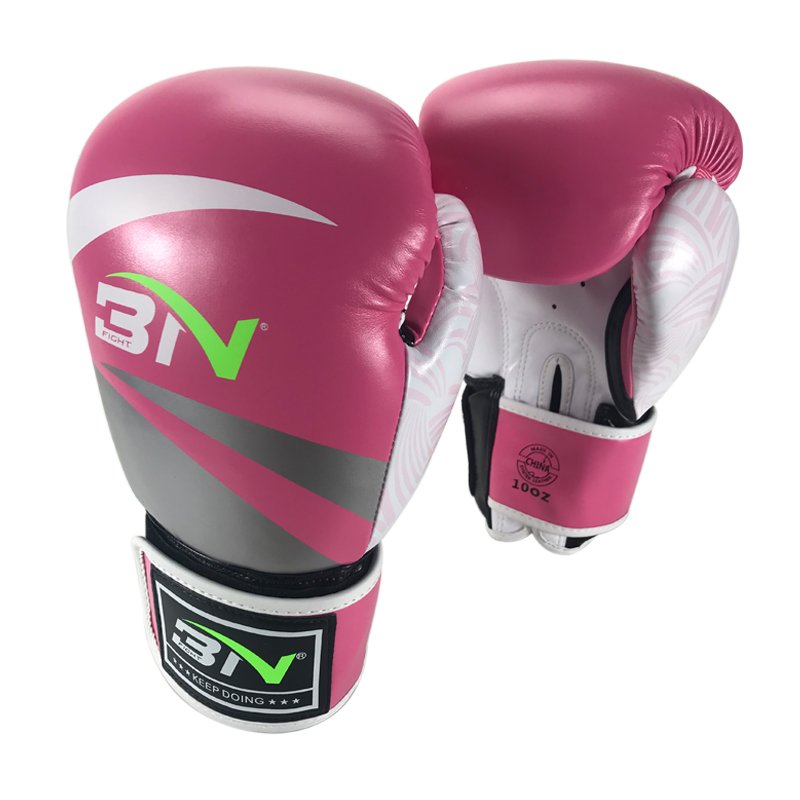Description
A Brief History of Classic Gloves
The history of classic gloves is rich and diverse, tracing back to ancient civilizations where they primarily served as protective gear. In these early societies, gloves were crafted from animal hides and used to shield the hands from harsh elements and physical labor. Beyond their practical function, they also held distinct social significance, often indicating the wearer’s status. For instance, in ancient Egypt, gloves were associated with royalty and were frequently adorned with intricate embellishments.
As time progressed into the Middle Ages, the role of gloves evolved considerably. They transformed from simple protective items into elaborate symbols of nobility and wealth. Nobles and royalty donned gloves that were meticulously crafted, often featuring sumptuous materials such as silk and ornate embroidery. This period saw gloves becoming essential components of formal attire, representing sophistication and social standing. The craftsmanship involved in glove-making during this time was exceptional, with artisans dedicating considerable skill and time to produce pieces that were as much about beauty as they were about utility.
The Renaissance marked yet another turning point for classic gloves, as they were further refined and customized. Different styles emerged, reflecting the prevailing fashion trends and societal norms. Materials began to diversify, incorporating luxurious leathers, lace, and satin, which further emphasized the elegance associated with wearing gloves. By the 18th and 19th centuries, it became commonplace for both men and women to wear gloves in various settings, be it formal gatherings or daily outings.
In the modern era, classic gloves have undergone numerous adaptations, blending traditional elegance with contemporary needs. Today’s designs often retain the historical allure while incorporating modern materials and function. This evolution has ensured that classic gloves remain a timeless accessory, honoring their illustrious past while adapting to current fashion sensibilities.
Styles and Materials of Classic Gloves
Classic gloves represent a unique blend of functionality and elegance, with various styles tailored to specific occasions and purposes. Among the most recognized styles are driving gloves, formal gloves, and everyday wear gloves. Each serves its own unique purpose while also enhancing the wearer’s aesthetic. Driving gloves, often made of soft and supple leather, are designed to provide grip and comfort while driving. These gloves usually feature perforations for breathability and are characterized by an open-back design, which offers flexibility and a snug fit.
Formal gloves, on the other hand, complement sophisticated attire and typically come in textures such as silk or fine leather. These gloves, often worn during evening events or formal gatherings, are usually long in length, extending to the forearm, and may feature embellishments like satin finishes or delicate embroidery. In contrast, everyday wear gloves provide comfort and warmth for daily activities. Made from materials like cotton or wool, these gloves vary in thickness and style, making them suitable for different levels of cold weather while maintaining their chic appeal.
The materials used in the production of classic gloves play a pivotal role in defining their quality, warmth, and overall aesthetic. Leather, known for its durability and luxurious feel, is a favored choice for both driving and formal gloves. Cashmere, on the other hand, offers unmatched softness and warmth, making it an excellent option for winter gloves. Cotton, while less luxurious, provides breathability and ease of care, suitable for casual, everyday use. When choosing the perfect classic glove, it is essential to consider the material in relation to the intended use and outfit. Pairing gloves with suitable attire enhances the overall look, ensuring that the elegance of classic gloves is perfectly showcased in any setting.









Reviews
There are no reviews yet.